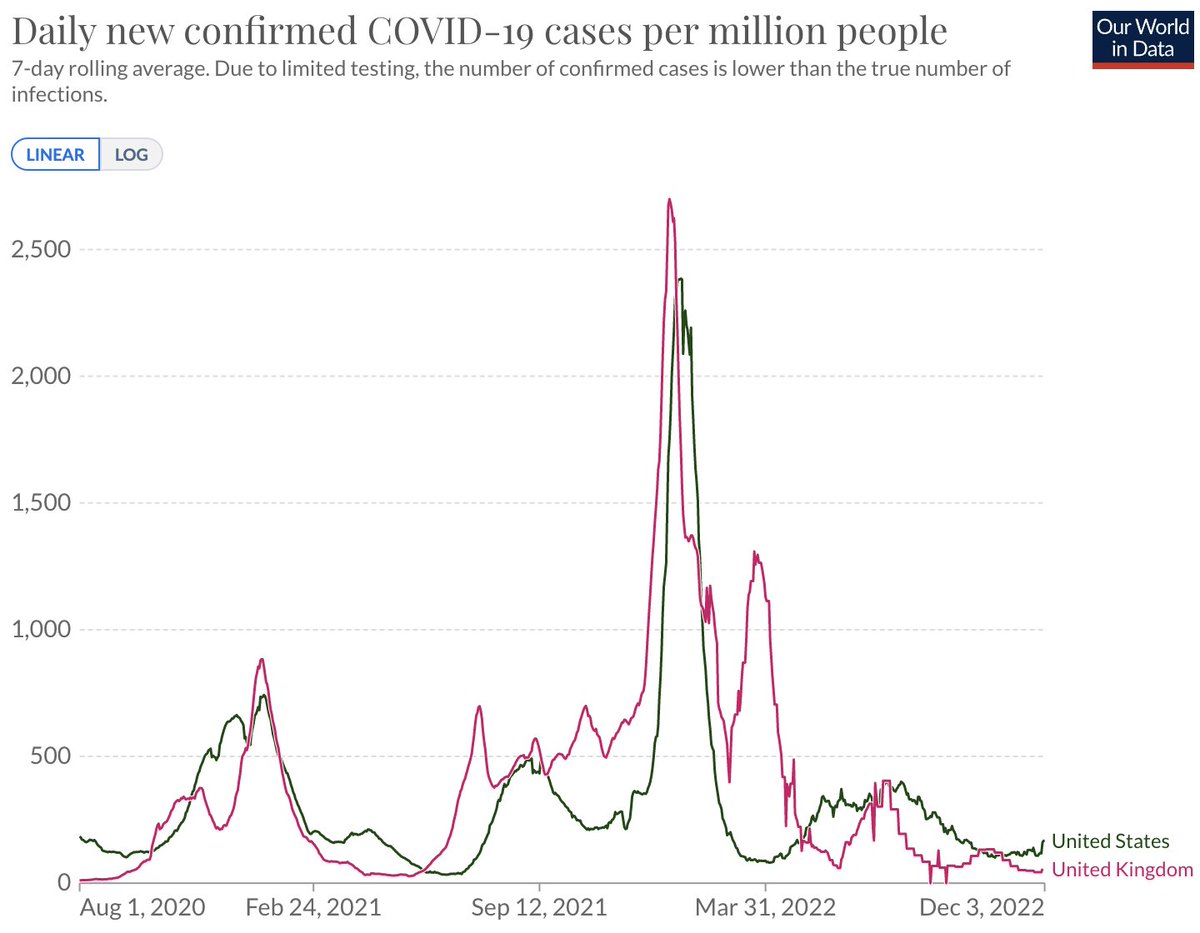I realize this is rather late to the party, but I wanted to provide a look at the prospects of Mu variant virus. I believe we can conclude that Mu appears more transmissible than all circulating variants except for Delta, but Delta is substantially fitter than Mu. 1/9
If we look within Colombia, we see Mu becoming predominant around May 2021, outcompeting other endogenous South American variants Gamma and Lambda. However, recent sequencing suggests that Delta is successfully invading on this Mu background (nextstrain.org/ncov/gisaid/so…). 2/9 

In neighboring Ecuador, we see a heterogeneous mix of Alpha, Gamma, Iota, Lambda and Mu by June 2021. Delta has been successfully displacing most of this diversity since July 2021, while Mu has remained relatively stable (nextstrain.org/ncov/gisaid/so…). 3/9 

A more rigorous analysis of variant-specific Rt by @marlinfiggins that partitions @CDCgov case counts across states in the US by sequencing data from @GISAID shows that Mu was maintaining Rt > 1 in most states in July 2021 when Alpha, Beta and Gamma had dropped below 1. 4/9 

However, Rt of Delta is substantially greater than that of Mu and if we estimate variant-specific transmission advantage relative to ancestral non-variant viruses we see that Delta > Mu > other variant viruses. 5/9 

Here, each point is an estimate for a particular state analyzed independently, so that consistency of these estimates across states gives some degree of confidence in the results. 6/9
Model results by @ftzo et al (medrxiv.org/content/10.110…) show a similar pattern with Mu viruses assigned a higher fitness than non-Delta variants (nextstrain.org/ncov/gisaid/gl…). 7/9 

A couple broader thoughts here:
1. I still expect Delta to sweep through the global virus population.
2. Mu's estimated transmission advantage suggests that it would have spread widely had Delta not interfered
8/9
1. I still expect Delta to sweep through the global virus population.
2. Mu's estimated transmission advantage suggests that it would have spread widely had Delta not interfered
8/9
At this point, focus of genomic surveillance should be to identify sub-lineages of Delta bearing mutations that contribute to further transmissibility or to antigenic drift. So far, there is little signal here, but I expect such sub-lineages to emerge in the coming months. 9/9
• • •
Missing some Tweet in this thread? You can try to
force a refresh












